Valve has never been more vulnerable than it has been in the past few days. To celebrate the 20th anniversary of Half-Life 2 last week, the company launched a feature-length documentary by the folks over at Noclip which chronicles the game’s development, lawsuits that were almost responsible for dooming the entire project, and never-before-seen details on Episode Three designed to address nearly two decades of speculation.
Ever since the release of Episode Two and its infamous cliffhanger, Half-Life 2 fans have been left sitting in a state of constant flux. For a few years after its 2007 launch, Valve promised press it was still hard at work on the third episode, before regular updates dried up. There was little news, and whenever founder Gabe Newell was asked about the subject, he would grin and deflect. As the studio moved onto new projects like Left 4 Dead, DOTA 2, and Counter-Strike: Global Offensive, it became clear Steam was its core focus over creating new video games. Before long, players began to give up hope.
Half-Life 2: Episode Three Wasn’t In The Works For Very Long
2020 saw the release of Half-Life: Alyx and, essentially, a reboot of narrative continuity which brought Eli Vance back from the dead and saw Alyx kidnapped by the G-Man in his place. You take control of Gordon Freeman in the closing moments, grabbing the crowbar as the scene slowly fades to black. It was a magical moment, and one that brought the franchise back into the limelight in a way I don’t think anybody expected. At the time I spoke to some of the team and how they’d viewed this ending as permission to begin telling more stories in this universe.
But these new stories will likely never revisit Episode Three, or at least not in the form it was originally intended to take. Valve began its episodic venture with the intention of telling a new type of story that spanned multiple releases without relying on numbered sequels and years of development. It was an admirable approach, but over time this development strategy grew to become a source of friction that prevented Valve from pushing the medium forward like it wanted to. As Newell says in the documentary, there wasn’t enough justifiable substance to Episode Three for it to exist, like it somehow wasn’t worthy of the Half-Life name.
In its original state, Episode Three would have seen Gordon Freeman venture to the arctic in search of an interdimensional Aperture Science ship called the Borealis to finally put a stop to the Combine overlords. The new footage released this past weekend has the player exploring frozen tundras and firing a new weapon that is capable of building sheets of ice to take cover behind or traverse on.
I think it would have been a mixture of larger ice environments and confined spaces, including the aforementioned Aperture Science freighter. Plans were in motion, but the episode was in development for only six months or so before most of the team moved on.
We Created A Vision In Our Heads That Was Impossible For Valve To Deliver
When you break it all down, Episode Three was intended to be a fairly traditional follow-up to the first two entries, as it continued the narrative and featured innovative new mechanics. It’d build out the Half-Life universe, but seemingly not in a way that seemed worthwhile.
In doing this, Valve realised it was surrendering itself to a status quo, and within the formula it had created, there wasn’t much else it could do with enemies, physics, puzzles, and even storytelling. So it decided to walk away, and it’s hard to begrudge this decision once you see the logic behind it.
Would I rather live in a world where Valve was still pumping out Half-Life games on the regular, or in the present day, where it has experimented with virtual reality, gone on to change the ways we consume games in a digital space, all before landing back at the house of Freeman with a brighter, more enthused perspective? Definitely the latter.
Valve notes during the documentary that Arkane also had trouble innovating on the formula in its Ravenholm spin-off, which was cancelled during development years ago.
After years of delays and refusing to speak about the third episode, Valve allowed it to gain an almost mythical status. An idea that whenever this game came out it was going to be the best thing we’d ever experienced, shatter all expectations, and usher in a new golden era for video games. But the reality is much more subdued, and it merely would have been another episodic Half-Life experience that played and looked like all the others. That’s still very good, but in the eyes of Valve, not good enough.
Valve Was Right To Leave Episode Three Behind
Everyone involved looks back on it warmly in the documentary, wishing they had time to try and expand on their ideas and explore the story further, but all of them are also justified in their reasons for leaving it behind. It would have taken years to create, and ultimately much of the team had already spent roughly a decade of their life in this universe.
There was a desire to move on and create something else, although Valve probably could have afforded to be more transparent with its audience instead of acting like Episode Three was still a thing. It wasn’t for a long time, and to keep your community on tenterhooks with false promises is not a good look. But I forgive them, and after seeing the reception to this documentary and the generous 20th anniversary update to Half-Life 2, most fans have too.
Half-Life 2 and its episodic continuations are in the past, representing a time and place in Valve’s history where it was experimenting with different ideas and what exactly its games might look like. But at the dawn of its 20th anniversary, it also represents a bold future, and that perhaps Valve is going to delve back into Gordon Freeman’s world sooner than we may think. Episode Three is never coming out, and I’m glad it never did.
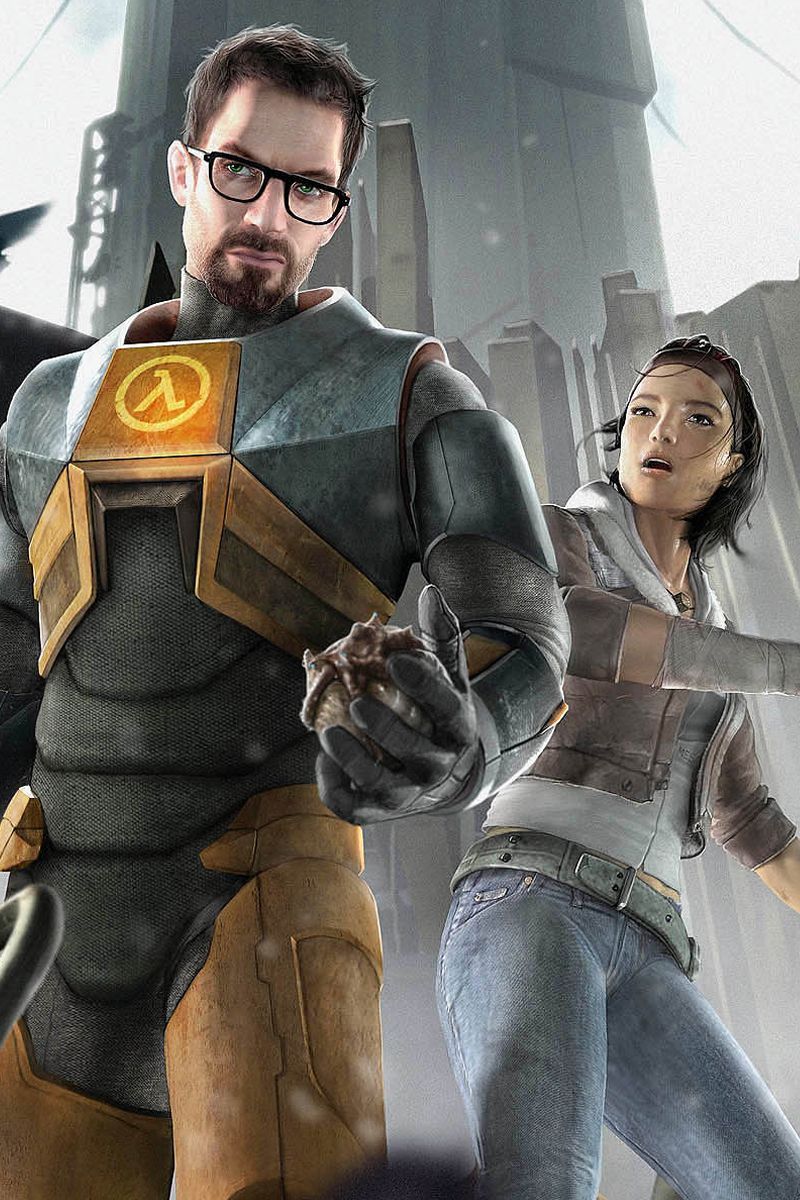
Half-Life 2 is a critically acclaimed FPS from Valve. It continues the story of Gordon Freeman, a theoretical physicist formerly with Black Mesa. This time, he must fight the alien Combine empire.
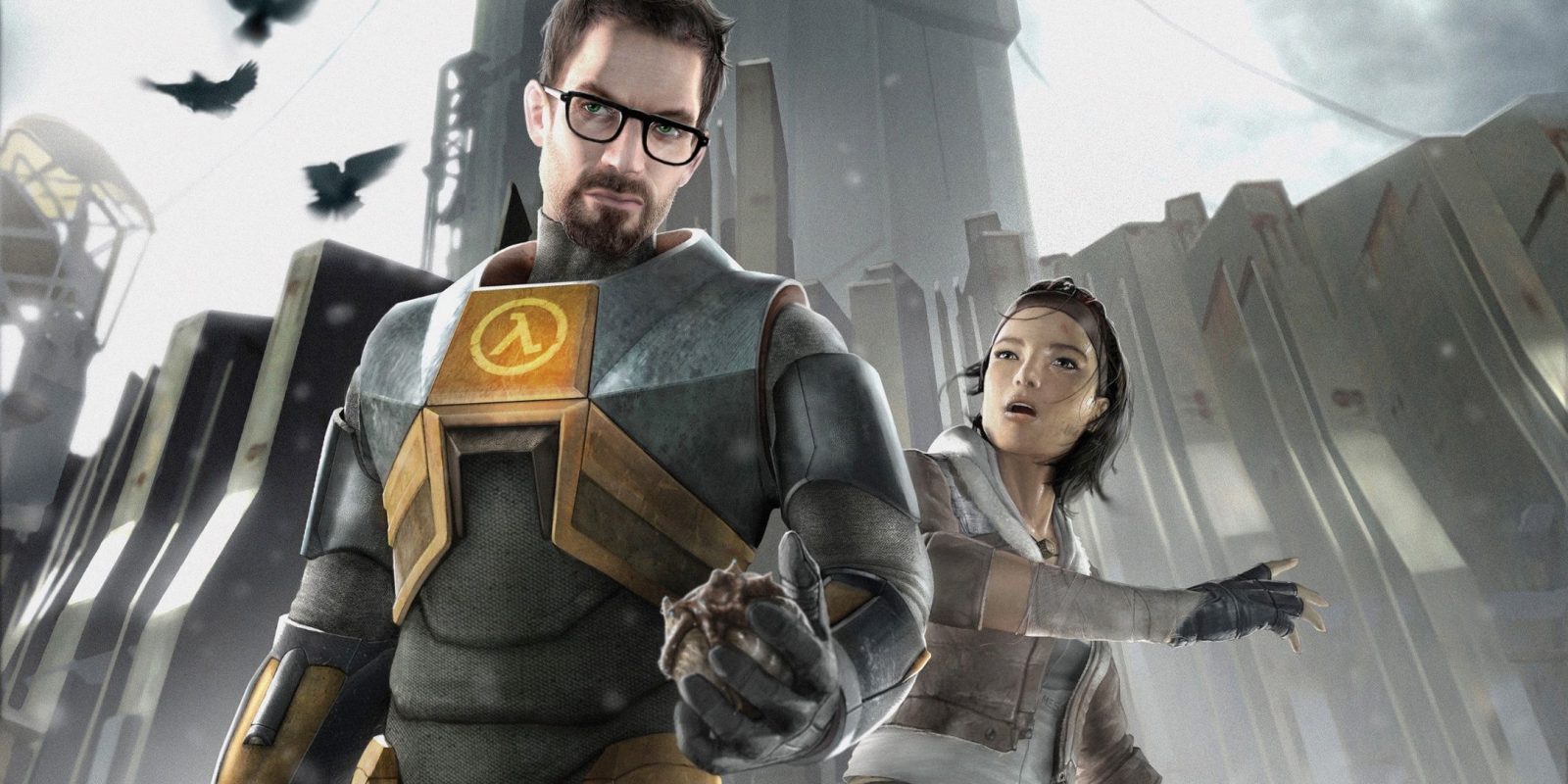

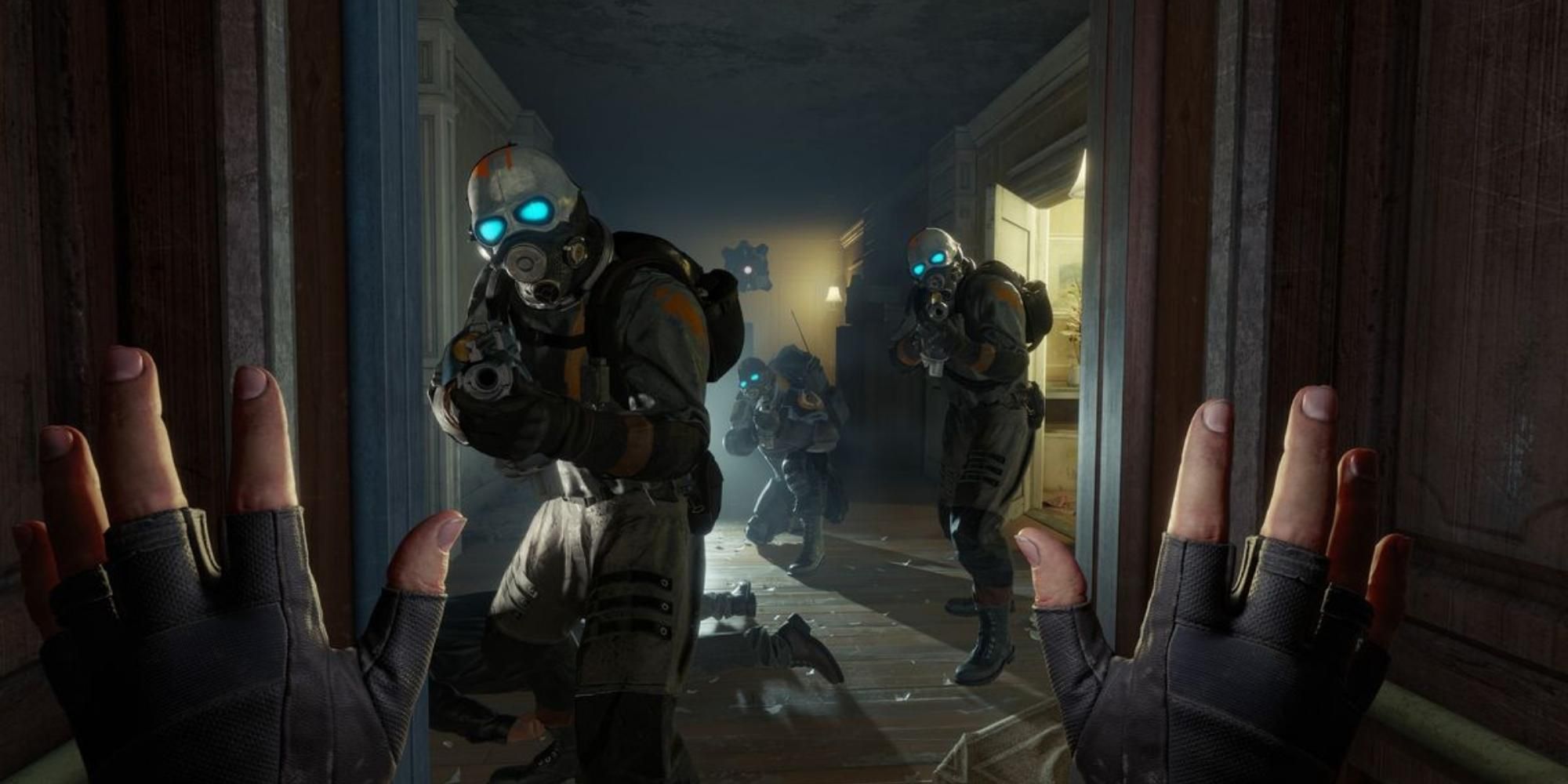
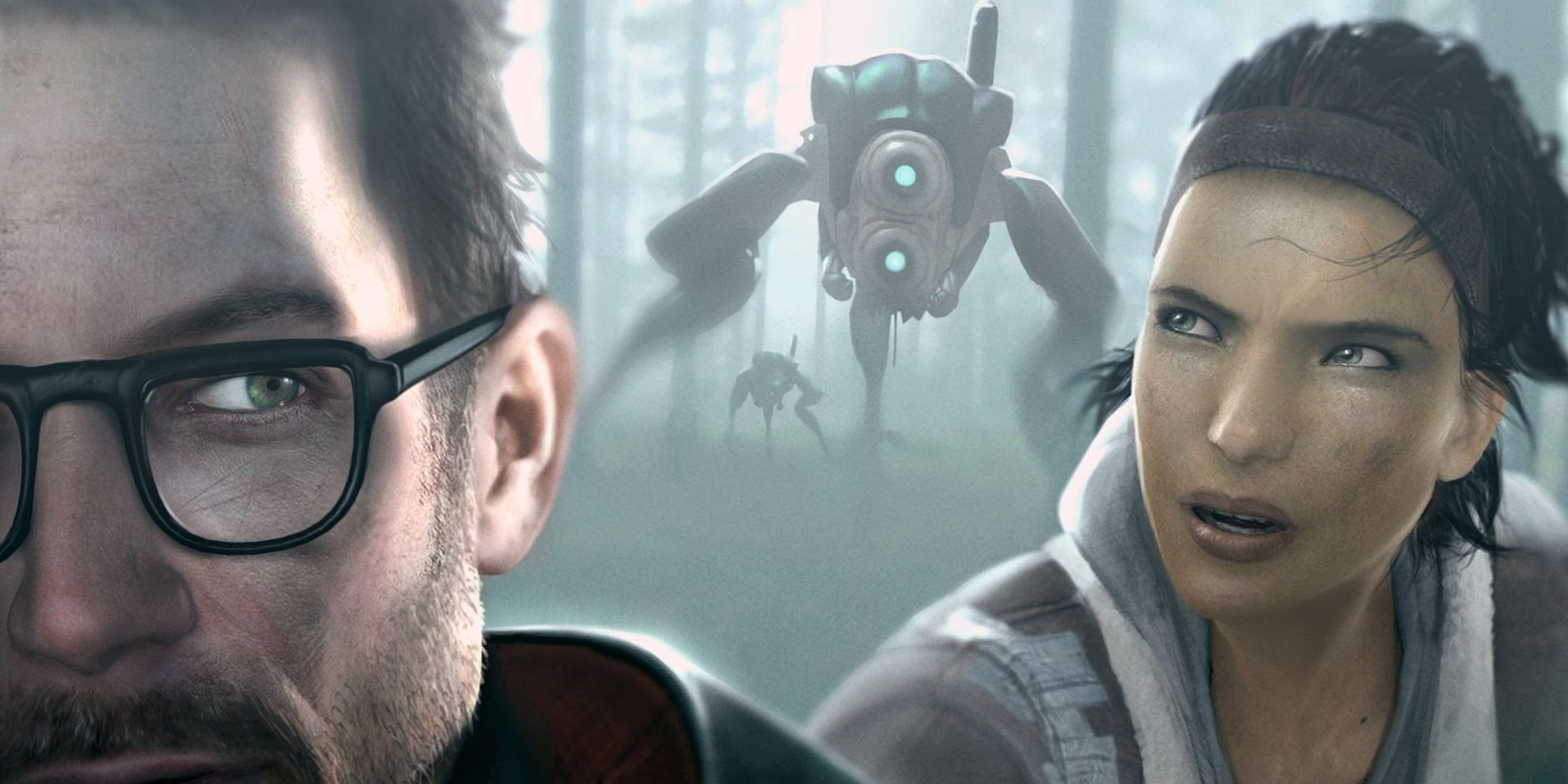
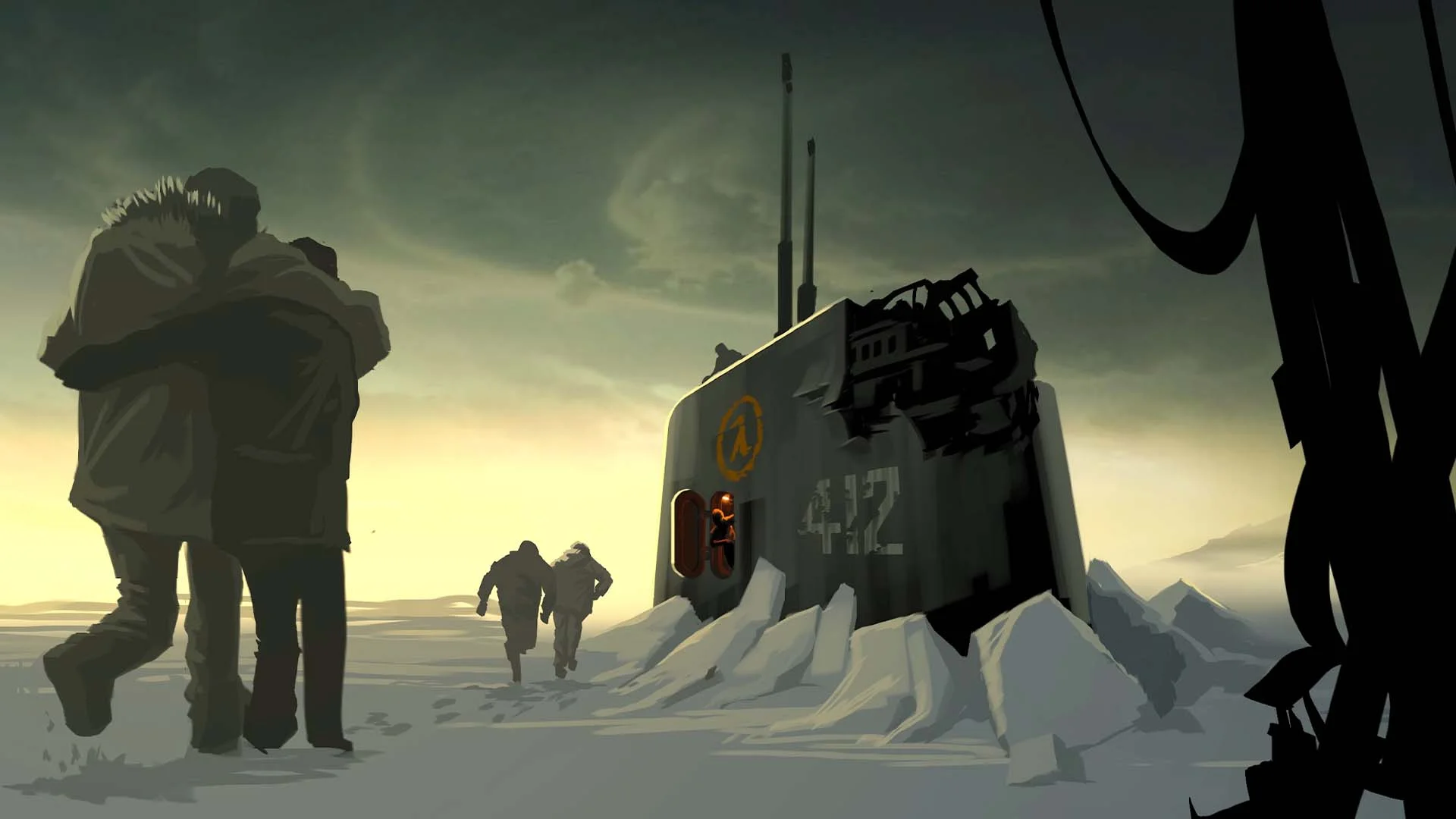





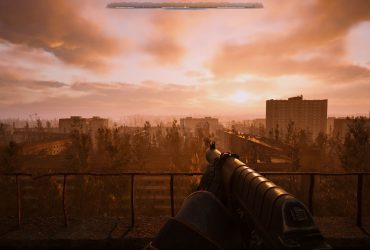
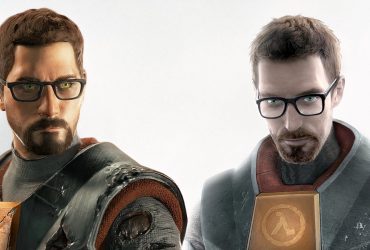


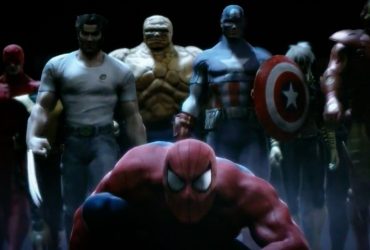

Leave a Reply